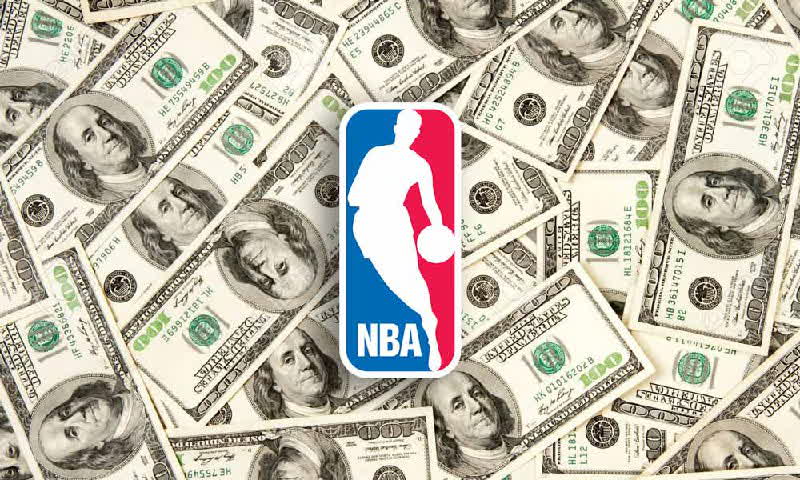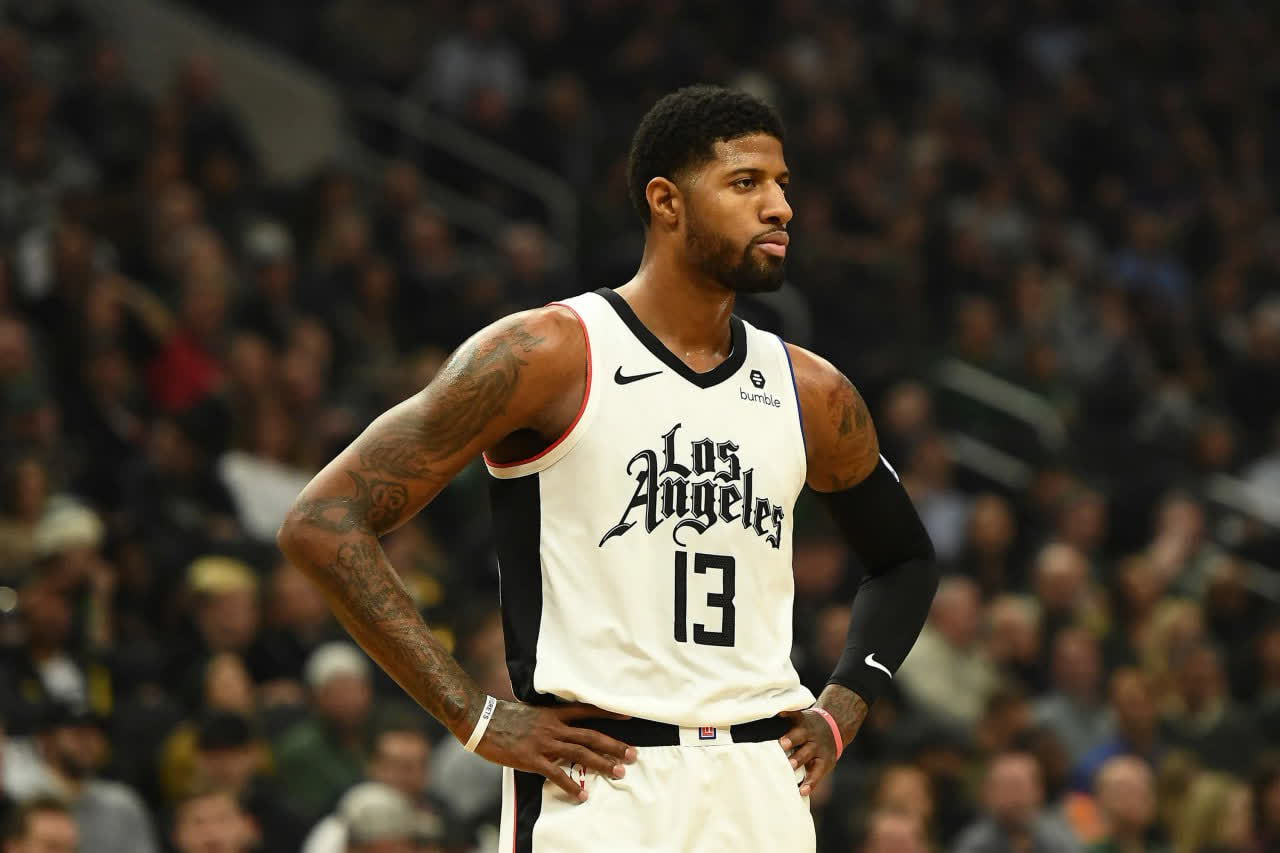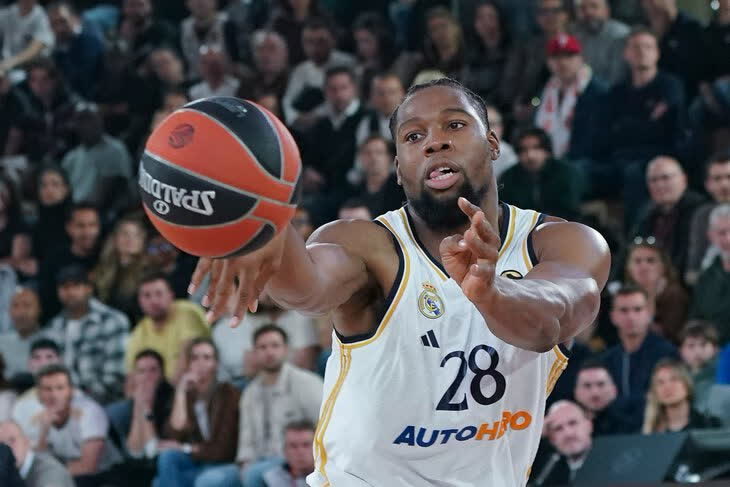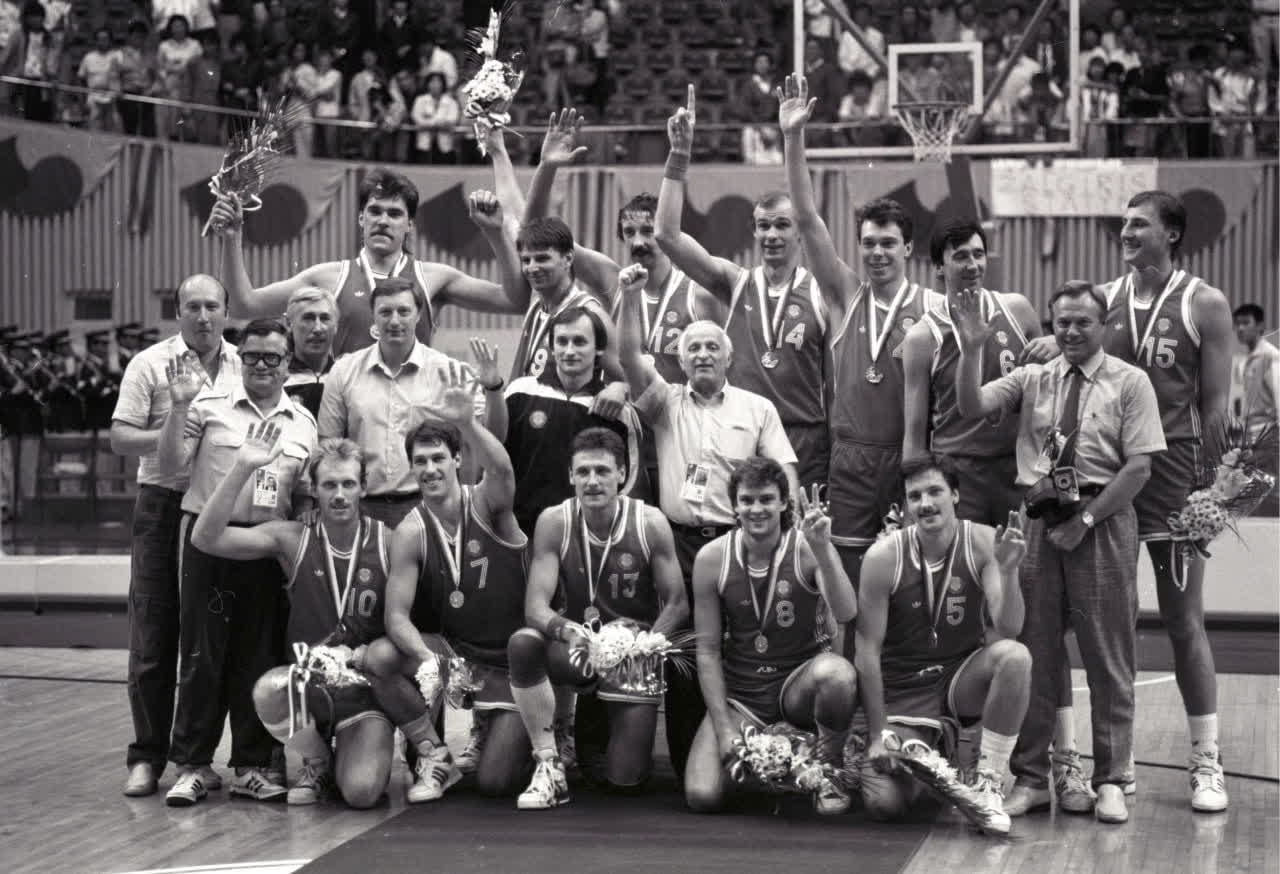The Financial Crisis and the Birth of the Salary Cap
In the early 1980s, the NBA faced severe financial turmoil. Teams like the Kansas City Kings and San Diego Clippers were struggling with mounting debts, contributing to the league’s staggering $90 million debt. Ownership changes were frequent, with 22 teams changing hands between 1972 and 1982, leading to instability and mismanagement. As Larry Fleischer, the head of the players’ union, noted, many new owners quickly became disenchanted and left.
Television Troubles
The NBA’s broadcast situation was also in disarray. After their contract with ABC expired in 1973, the league, driven by the desire to maximize revenue, signed a deal with CBS. This deal, however, came with complications. CBS’s programming schedule clashed with college football, significantly impacting viewership. Additionally, CBS lacked the expertise of ABC’s Roone Arledge, who had been instrumental in promoting the NBA’s appeal in the 1960s.
The league’s decision to partner with CBS rather than renew with ABC was driven by major market team owners seeking to profit from regional broadcasts. This move alienated ABC and strained the league’s relationship with a former ally. As CBS struggled with NBA ratings and faced criticism for its basketball coverage, the league’s financial problems worsened.
The Emergence of David Stern
Amid these crises, David Stern emerged as a key figure in negotiating a new path for the league. As Vice President of the NBA, Stern saw the potential in cable television and initiated a modest trial contract with USA Network. This early deal, while small, laid the groundwork for future negotiations.
The Proposal for a Salary Cap
With the league’s financial health in question, a radical idea emerged: a salary cap. San Antonio owner Angelo Drossos, known for his aggressive negotiating style and as a former boxer, proposed the idea. Drossos believed that a salary cap would stabilize the league’s finances, but his proposal was initially met with resistance from the players and the union.
The players were reluctant to agree to a cap without significant concessions. Larry Fleischer, head of the players’ union, negotiated hard for a share of revenue and better support for struggling teams. Fleischer’s strategy was to ensure that any agreement included a significant revenue share and support for weaker franchises.
The Standoff and Compromise
Negotiations were tense. Owners like Ted Stepien of the Cleveland Cavaliers, who was notorious for his extravagant and ill-fated contracts, exacerbated the situation by making high-profile signings that destabilized the market. The threat of a strike loomed large, with players like Magic Johnson, Kareem Abdul-Jabbar, and Larry Bird publicly supporting Fleischer’s stance.
The turning point came when Stern and Fleischer, despite their differing approaches, recognized the need for compromise. The union was willing to consider a salary cap if it was implemented in phases and if players received a fair share of the revenue. Fleischer proposed delaying the full implementation of the cap until the 1986/87 season to avoid immediate impacts on free agents.
The Agreement and Its Aftermath
By April 1983, the NBA and the players’ union reached a historic agreement. The new Collective Bargaining Agreement (CBA) introduced a salary ceiling for the 1984/85 season, along with a revenue-sharing model that allocated 53% of the NBA’s revenue to players. This agreement also required teams to support weaker franchises, ensuring a more balanced and sustainable league.
David Stern officially became the NBA Commissioner in February 1984, succeeding Larry O’Brien. Stern’s vision of a stable, profitable league with a focus on international expansion began to take shape. The salary cap, combined with growing cable TV revenue, helped stabilize the league’s finances and set the stage for future growth.
Legacy and Impact
The introduction of the salary cap transformed the NBA. It provided financial stability and allowed for more equitable competition among teams. The average NBA salary, which was $865,645 in the season following the new CBA, has since skyrocketed to over $12 million today. The median salary is around $5 million, reflecting the league’s growth and the success of the salary cap system.
Larry Fleischer and Larry O’Brien, who both played pivotal roles in this transformation, were posthumously inducted into the Basketball Hall of Fame in 1991. Their contributions, alongside Stern’s leadership, reshaped the NBA into the global powerhouse it is today, ensuring both financial stability and competitive balance.
This historical battle over NBA salaries and management showcases the complex interplay of negotiations, economic pressures, and visionary leadership that helped save and grow professional basketball.



